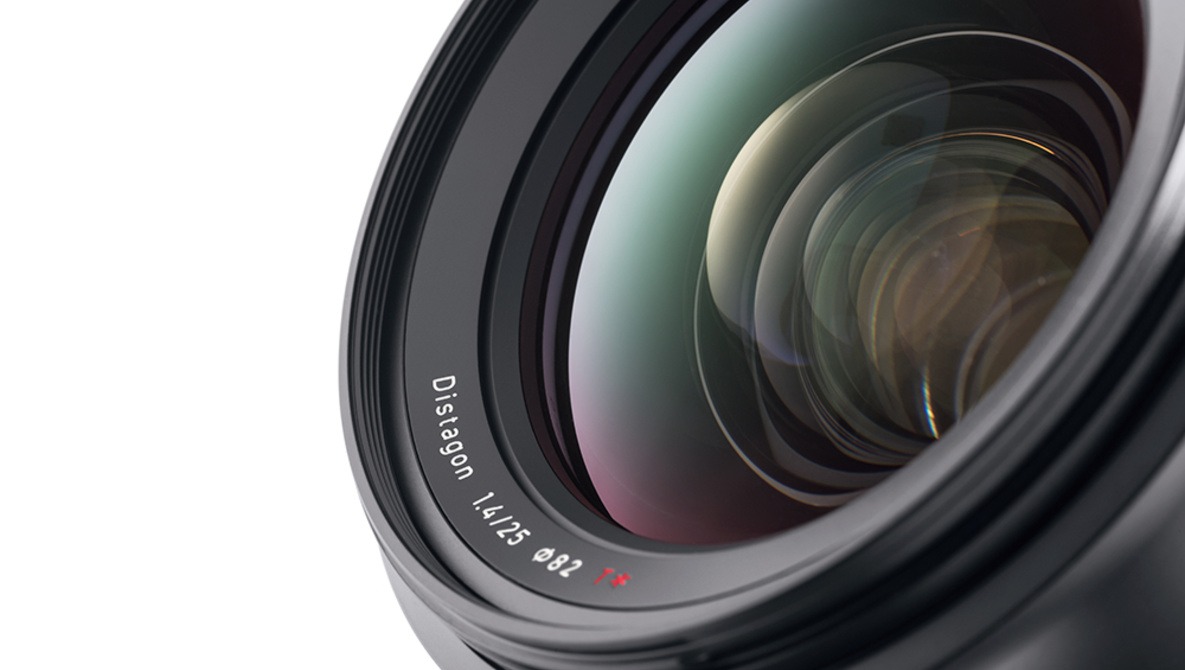Having used a wide selection of ZEISS glass, I can confidently say they are special. Their weight and lack of auto-focus might put some off, but in the right setting, they can aid to create truly noteworthy images. This morning, ZEISS have announced their new 25mm wide-angle lens, but with a mouth-watering widest aperture of f/1.4. I imagine a synchronized pricking up of astrophotographers' ears .
The Milvus family now consists of eleven lenses for single-lens reflex cameras and prove popular with stills and video shooters. Last year I shot with the Otus 28mm f/1.4 and three things struck me, as they often do with ZEISS lenses: firstly, the build quality is second-to-none. It's crafted from the highest quality materials and has the smoothest focus rotation I've ever experienced. Yes, it's a little heavy, but good luck damaging it when it inevitably dives from your hands during a frosty sunrise (don't test that theory though). Secondly, is its edge-to-edge quality. ZEISS make wide-angle lenses with landscapes and architectural photography in mind and as a result, the warping and vignetting you sometimes see with lenses of this focal length, is combatted successfully. Third and finally is the bokeh. I don't care if you're the most technical and nerdy photographer ever to grace this planet, we all love good bokeh and ZEISS lenses have them. Here's an image of a frog taken at f/1.4 with the new Milvus lens to demonstrate this:

Image taken by Ralph Koch, courtesy of ZEISS.
The above image also shows something impressive I noticed with the Otus: fantastic minimum focal distance. It's very important in my line of work, but perhaps not for everyone, but does open the possibility of interesting focus stacking.
One of the main appeals of this lens is undoubtedly the incredibly fast aperture, which could open up low-light uses even outside of astrophotography. One slight drawback is the maximum (narrowest) aperture is only f/16 but there are plenty of work-arounds should you need to limit the light the lens lets in.

Image taken by Tim Allrich, courtesy of ZEISS.

Milvus f/1.4 25mm ZE, courtesy of ZEISS.
The lens will be available for Canon and Nikon full-frame camera bodies and is aimed at both landscape and architectural photography as well as video work.
The ZEISS Milvus 25mm f/1.5 will retail for £1999 ($2600) including VAT and will be available from December 2017.







Occasionally, I'll read an article or comment about how special Zeiss lenses are, sometimes accompanied with a photo of a frog or blue hour landscape. Maybe I'm blind or maybe the "specialness" doesn't translate well to the internet but, while very nice shots, nothing jumps out at me as something I couldn't capture with my run-of-the-mill lenses. But I'm sure they're special...like every other lens. :-/
Edit: I've been shown that their 15mm is excellent for astrophotography.